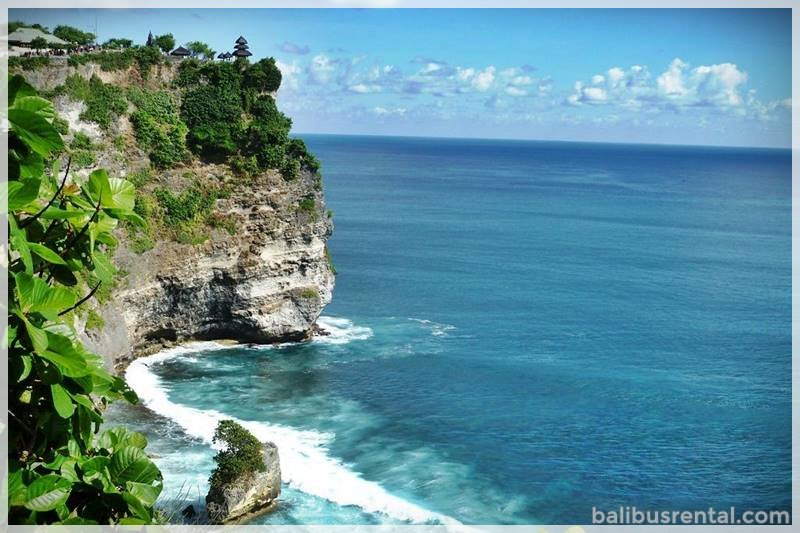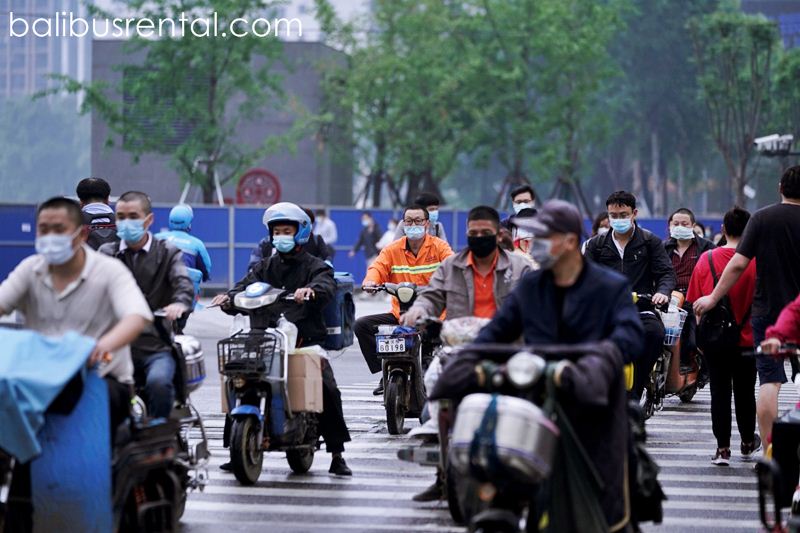Sunday | March 02, 2025
New Delhi — Hundreds of millions of Hindu devotees have immersed themselves in sacred waters, undeterred by concerns over overcrowding and water pollution, as the world’s largest religious gathering concluded on Wednesday in India’s northern state of Uttar Pradesh.
Over the past 45 days, more than 620 million people—over a third of India’s 1.4 billion population—have participated in the Maha Kumbh Mela, or the Festival of the Sacred Pitcher, along the riverbanks of Prayagraj. This vibrant spectacle of color and devotion is a profound expression of faith.
Pilgrims have gathered to take a holy dip at the Triveni Sangam, the confluence of three sacred rivers—the Ganges, Yamuna, and the mythical Saraswati—believing it purifies sins and brings them closer to spiritual liberation.
Held every 12 years, the festival takes on the prefix “Maha,” meaning “great,” making it the largest version of the Kumbh Mela, which occurs every three years in one of four designated cities.
“It is a unique, once-in-a-lifetime experience,” said Sushovan Sircar, 36, an independent consultant from Delhi. “People from all over India have come—I saw cars with number plates from almost every state.”
Despite the spiritual fervor, this year’s festivities have been overshadowed by two separate, deadly crowd crushes. Concerns over overcrowding persist, alongside reports of unsafe contamination levels at key bathing sites.
A report from the Central Pollution Control Board (CPCB), part of India’s Environment Ministry, recently detected high levels of coliform fecal bacteria in the Ganges and Yamuna rivers. This is despite government efforts to promote sustainability and improve sanitation.
However, Uttar Pradesh Chief Minister Yogi Adityanath dismissed the findings, insisting the water was not only safe for bathing but also fit for the Hindu ritual of sipping a handful after immersion.
For many, full submersion is a key part of the ritual, with some even collecting the sacred water in containers to take home.
‘My sins are cleansed, but not my body’
Sircar, an independent consultant from Delhi, said he bathed twice last week at Sangam Point—the confluence of the three sacred rivers and the most auspicious site for ritual dips.
“There is concern because I can’t do anything about the contamination in the water. You just tell yourself, ‘This part looks clean,’ spend a few minutes in, recite prayers, and come out,” he said.
“I took one bath for my sins and another for the contamination,” he laughed. “So, you need a bath after the bath… My sins are cleansed, but not my body.”
Before the festival began, India’s top environmental court ordered state and federal pollution boards to ensure the river water was safe for drinking and bathing. Authorities were directed to increase monitoring and sampling of the Ganges and Yamuna rivers while preventing the discharge of untreated sewage or solid waste.
However, a report from the federal pollution board on February 3 revealed that fecal coliform levels—a key indicator of untreated sewage and human waste—were alarmingly high. The permissible limit is 2,500 units per 100 milliliters, yet levels in parts of the Ganges and Yamuna around Prayagraj exceeded this by more than 1,000 times.
Despite this, Uttar Pradesh Chief Minister Yogi Adityanath insisted that water quality was being continuously monitored. Kumbh Mela organizers also claimed they had conducted an “exhaustive survey” of all 81 drains flowing into the rivers ahead of the festival.
“We have ensured that the water quality has been maintained,” said Kumbh Mela officer Vivek Chaturvedi.
For many devotees, faith outweighed concerns about pollution.
Aishwary Sharma, 31, a finance professional from Delhi, admitted he was aware of the contamination but still took a dip.
“It’s obvious that the Ganga and Yamuna are not clean rivers,” he said. “But there are many things that are bad for us… The air we breathe is so toxic for our health. This is just one more thing that could have harmful effects.”
Sunny Parasher, 34, from Panchkula in Haryana, echoed this sentiment.
“What people care about is their devotion and faith. They just want to take that holy dip,” he said. “Where there is devotion, where there is religion, there is no question.”
However, not everyone was willing to overlook the risks.
Kalpana Mishra, 55, a housewife from Prayagraj, decided against taking another dip after reading the pollution board’s report.
“What’s the point of being educated if you ignore all this and still go?” she asked.
Health experts warn that exposure to fecal contamination can lead to waterborne diseases such as typhoid, diarrhea, cholera, gastroenteritis, E. coli infections, skin diseases, and vomiting.
Push to clean the rivers
Indian Prime Minister Narendra Modi has prioritized cleaning the Ganges, India’s holiest river, since taking office in 2014, allocating billions of dollars for sewage treatment, waste removal, and afforestation over the past decade.
The Ganges sustains 400 million people and flows through 50 Indian cities, which discharge approximately 3 billion liters of sewage daily—only a small portion of which is treated before reaching the river, according to the World Bank. Similarly, the Yamuna, a key tributary, has long suffered from pollution caused by toxic chemicals and untreated sewage.
Ahead of the festival, Indian authorities promoted this year’s gathering as a “Green Kumbh,” introducing eco-friendly measures such as a ban on single-use plastics, sustainable toilets, electric rickshaws, and a workforce of 15,000 sanitation workers to manage waste during peak bathing days.
In January, the Ministry of Culture emphasized that the festival was “meticulously planned to uphold hygiene and ecological balance,” aiming to set a global standard for environmentally responsible large-scale events. The festival also hosted a conference where religious and environmental leaders convened for the first time to explore how religious institutions can contribute to addressing the climate crisis, reinforcing the theme of protecting and restoring the river.
“If there is no water in the rivers, there is no Kumbh. We don’t see it as just water; we consider it nectar,” said Indian spiritual leader Swami Chidanand Saraswati during the meeting. “If we do not take action to protect it, the next Kumbh Mela will take place on nothing but sand.”
However, the sheer size of this year’s Kumbh Mela crowd posed a major challenge to sustainability efforts. According to one expert, attendance far exceeded expectations, with around 250 million more people than originally planned. Authorities had anticipated about 400 million attendees over six weeks—roughly 9 million per day—but government figures estimate the total turnout reached 620 million.
“It is a mammoth task to manage such a crowd,” said Dr. Nupur Bahadur, associate director at The Energy and Resources Institute (TERI), a research institute focused on wastewater management. She emphasized that river contamination could be better controlled through improved on-site prevention and disinfection strategies.
One possible solution, Bahadur suggested, would be to pause bathing every 12 hours for one hour, allowing fresh water to flow through the designated areas before resuming the ritual.
Despite the overwhelming numbers, Bahadur acknowledged the effort put into maintaining cleanliness. “The festival’s massive increase in footfall has stretched its infrastructure, but given the circumstances, this has been the best human effort possible,” she said.
For locals, however, the festival’s impact has been exhausting. Prayagraj resident Mishra expressed relief at the prospect of normalcy returning.
“My eyes are constantly burning, and the dust is unbearable,” she said. “I just want the festival to end so I can get back to my life.”




